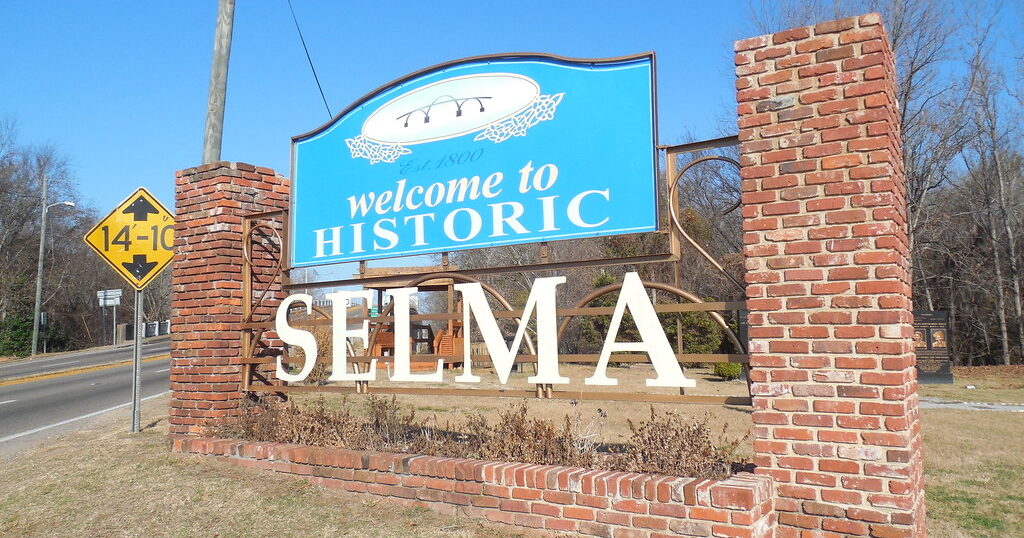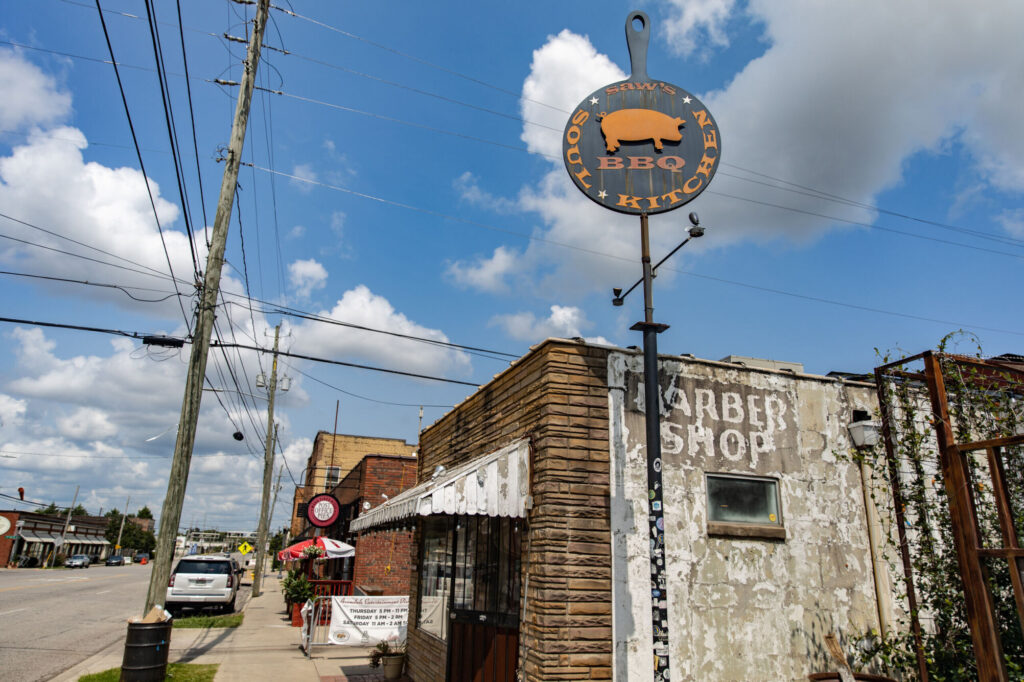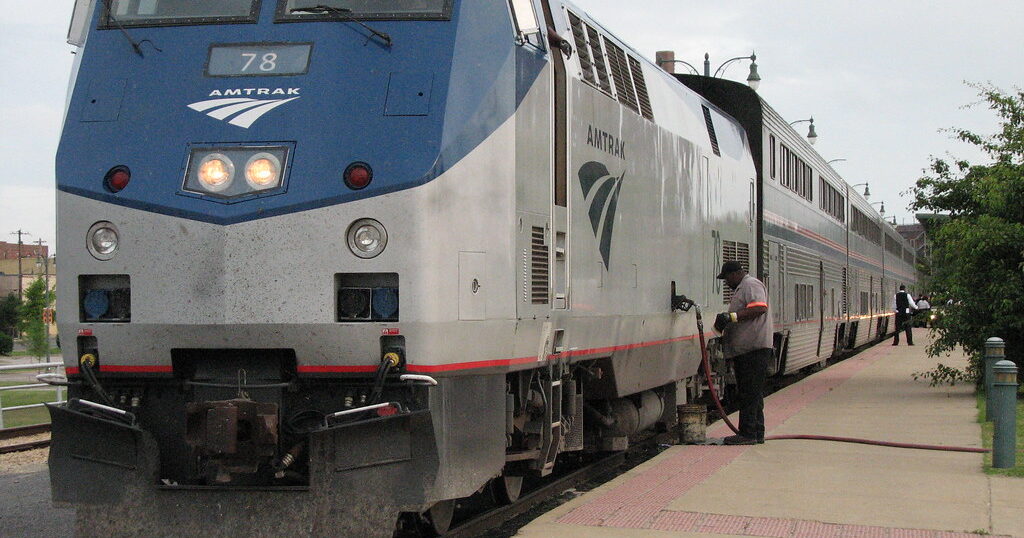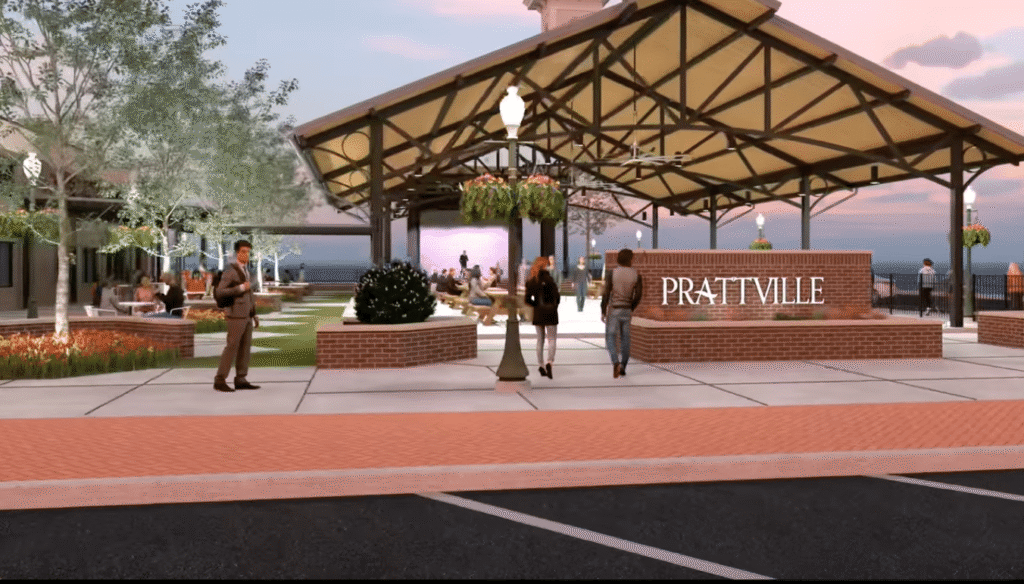4 Alabama places make the National Register of Historic Places—find out who
Reading time: 3 minutes

Pop quiz: can you guess how many places in Alabama are listed on the National Register of Historic Places? Did you guess 1,200? The list continues to grow with four more places recently added to the list. Find out who they are. .
History upholds in Alabama
Helping get historic spots in Alabama added to the National Register of Historic Places is the Alabama Historical Commission (AHC). Located in Montgomery’s historic downtown, the AHC is Alabama’s historic preservation agency. Created in 1966, its mission is to protect, preserve and interpret Alabama’s historic places. In a nutshell, they’re the organization behind keeping history alive in Alabama. Pretty cool, huh?
“The addition of these Alabama properties to the National Register underscores the fact that historic places matter. Recognizing the historical significance of places helps to preserve their stories for the future. It shapes the way we understand Alabama’s role in our nation’s story.”
Lisa D. Jones, Executive Director, Alabama Historical Commission and State Historic Preservation Officer
1. Water Avenue Historic District in Dallas County, AL

The area is recognized for its significance in the African American Civil Rights Movement and the Civil War.
The historic district contains much of the route for the Turnaround Tuesday march which took place on March 9, 1965. The march was one of a series of demonstrations that attracted national attention to civil rights violations in Selma. It also led to the passage of the Voting Rights Act of 1965.
Listed to the National Register of Historic Places on June 25, 2021.
2. Atmore Commercial Historic District in Escambia County, AL

Between 1900 and 1970, the Atmore Commercial Historic District developed into an important commercial center for Escambia County.
During this period, railroad expansion, agricultural and lumber production, industrial development, New Deal programs and the automobile all contributed to the rise of the thriving downtown.
Today, the collection of industrial and commercial buildings represent locally significant examples of national architectural trends.
Listed to the National Register of Historic Places on June 18, 2021.
3. Magnolia Hall in Hale County, AL

Love architecture? Then you’ll love Magnolia Hall in Hale County’s town of Greensboro. Constructed in 1857, the building is architecturally significant at the national, state and local level as an outstanding example of Greek Revival style architecture.
Magnolia Hall retains much of its mid-19th-centrual appearance inside and outside and was first documented by the Historic American Buildings Survey in the 1930s.
The property also includes a slave dwelling, former detached kitchen and a building that may have originally served as an ice house.
Listed to the National Register of Historic Places on June 25, 2021.
4. Edmonton Heights Historic District in Madison County, AL

Developed between 1959 and 1975, Huntsville’s Edmonton Heights Historic District in Madison County is the only post WWII planned suburb in the area that was created for African Americans. The area was one of a handful of suburbs that Alabama developers Folmar & Flinn created for African Americans using federal housing loan programs.
Today, the neighborhood reflects nationally popular architectural styles and suburban landscape designs.
Listed to the National Register of Historic Places on June 21, 2021.
Want more? Follow us on Instagram, Facebook, Twitter and LinkedIn, and sign up for The Bama Buzz newsletter.







